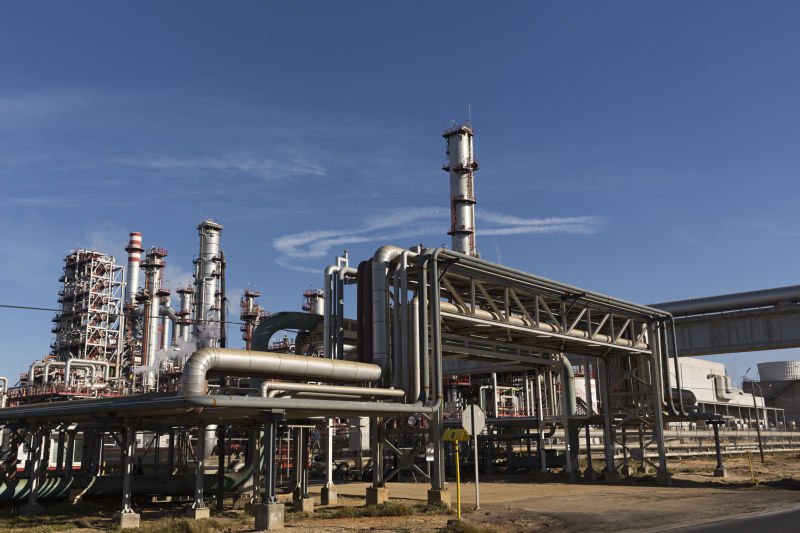The role of the plate heat exchanger is for heat exchange. The application in the chemical industry can be to exchange a certain amount of heat within a certain period of time; it can also be used for waste heat utilization for the purpose of recovering heat; or For the purpose of ensuring safety, certain equipment is damaged due to the increase in pressure caused by the increase in textile temperature.
In the petrochemical industry, there are many types and numbers of heat exchangers, and they also have very high requirements for pressure and temperature. Efficient plate heat exchangers can better cope with higher pressures and higher temperatures. Specifically, the welded plate heat exchanger has strong convenience, small size, light weight, good heat transfer performance, and low price. Therefore, it has been well applied in the offshore oil production process. It can cool mechanical lubricating oil and fresh water, and can cool related intermediate products in oil mines, and can also be used to heat crude oil. There are also some bottleneck problems in the application of high-efficiency plate heat exchangers in the petrochemical industry, that is, it is difficult to accurately design and calculate the process flow. In the production practice of the petrochemical industry, often due to the design of the process flow Unreasonable and huge economic losses.

